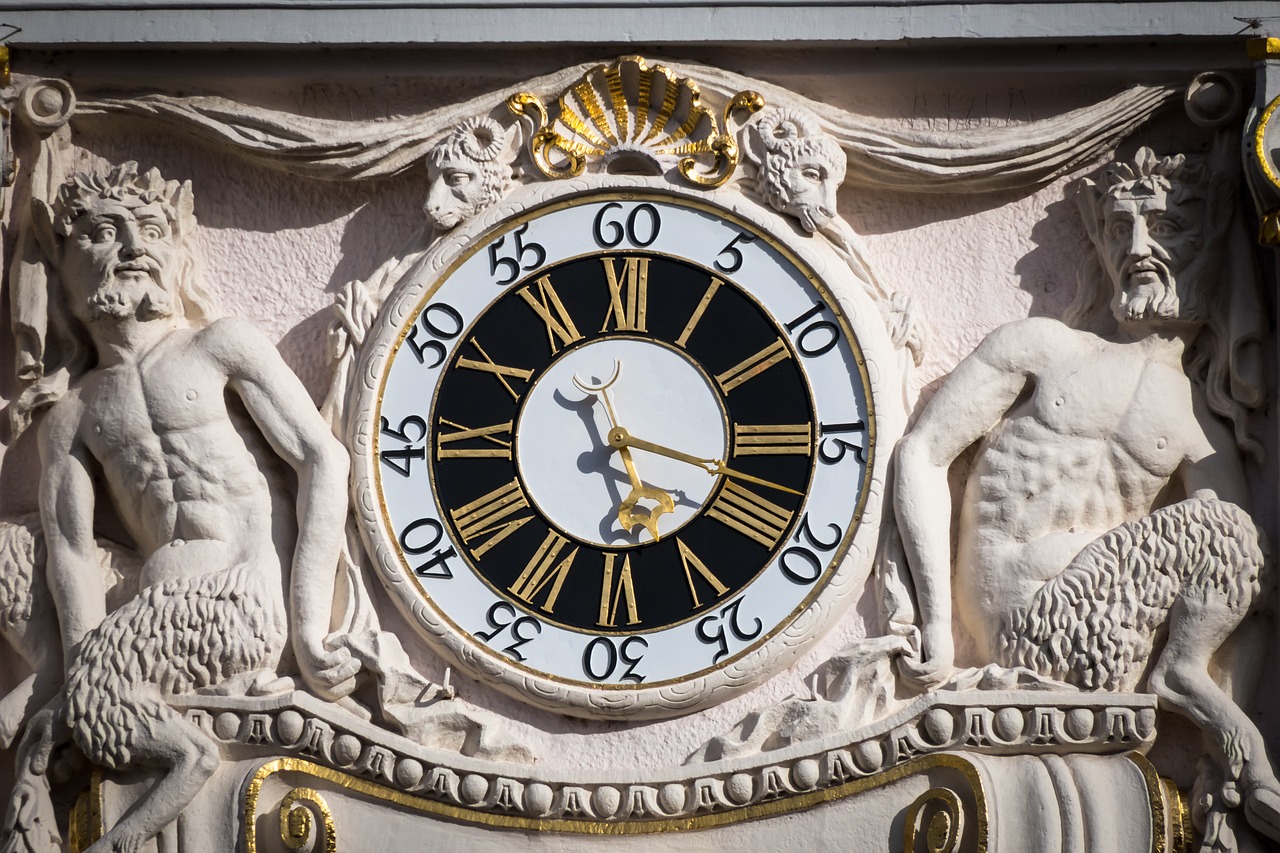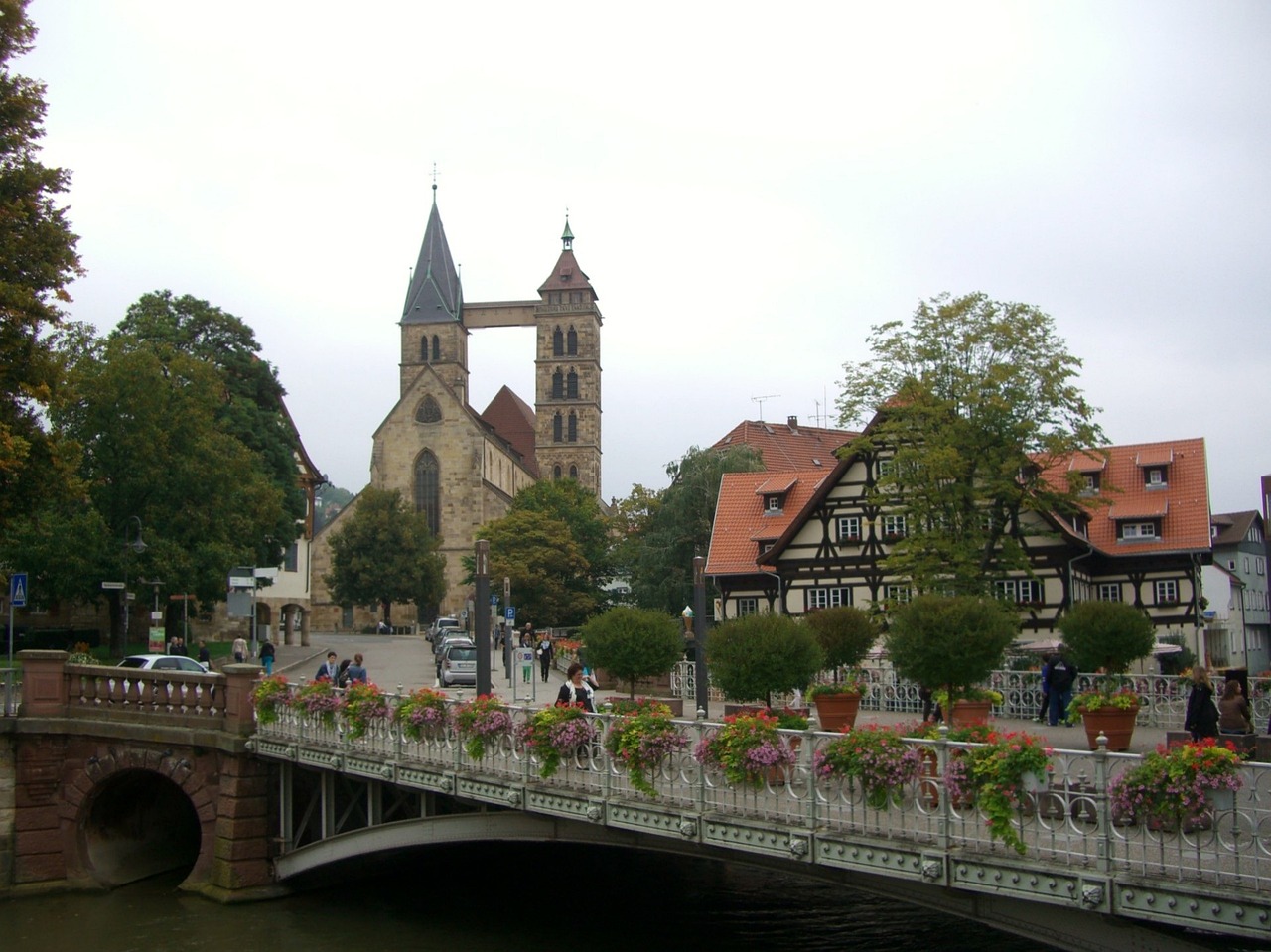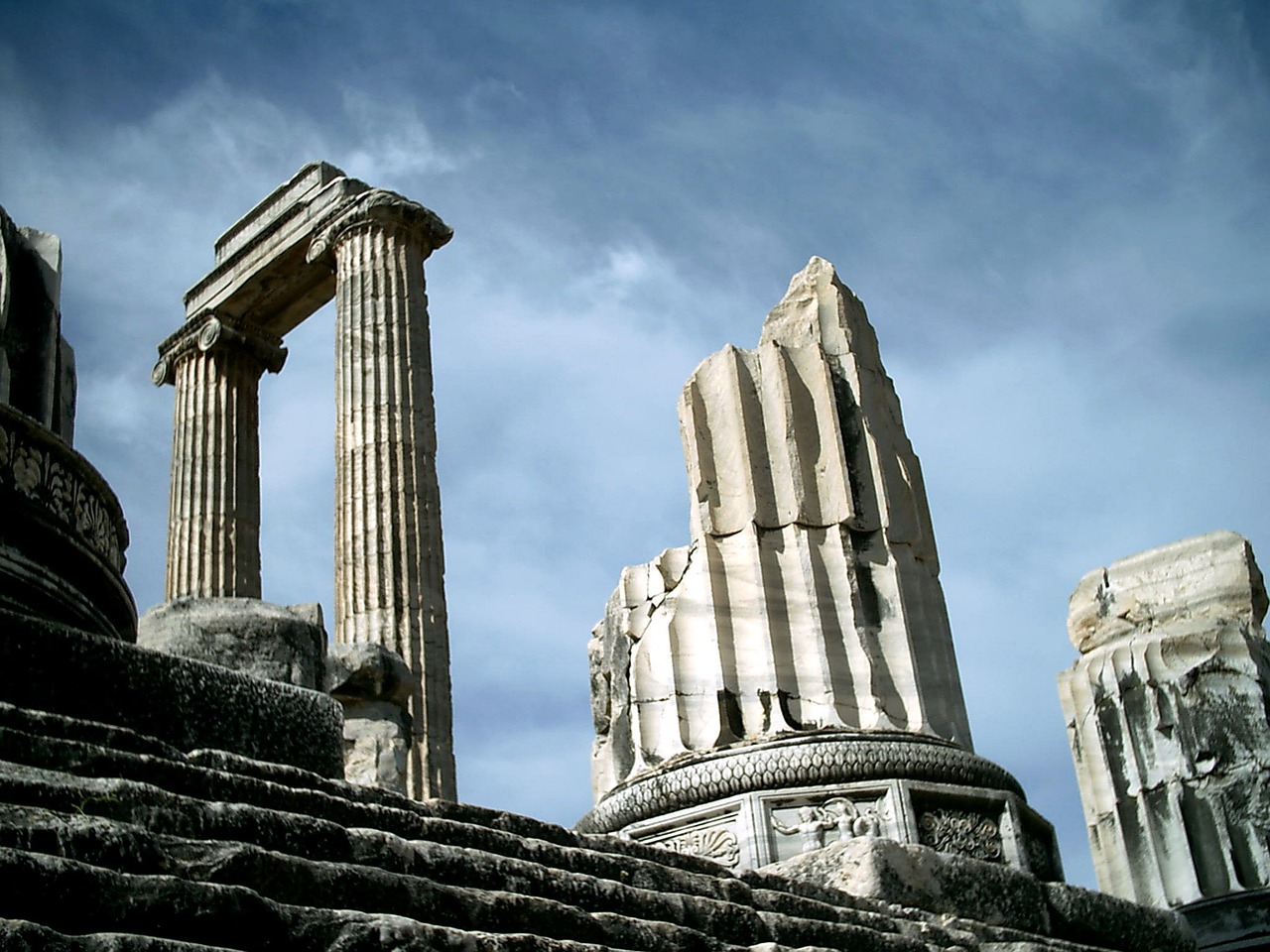Mythology
-

Hephaistos: The Divine Craftsman General Overview Hephaistos, revered in Greek mythology, embodies various aspects of craftsmanship. His divine roles encompass metalworking, fire, volcanism, stone masonry, carpentry, and sculpture. He serves as a patron to numerous professions, including smiths, metalworkers, builders, and sculptors. Symbols and Attributes Hephaistos is often depicted with symbols that represent his craft,…
-

Faunus: The Roman Deity of Fertility and Nature Faunus stands as a significant figure in Roman mythology, embodying concepts of fertility, the wilderness, and the pastoral lifestyle. Revered by those who depended on the land, Faunus is recognized as a protector of animals and an overseer of agricultural bounty. His influence is manifold, as he…
-
Saturnalia, celebrated in mid-December, is an ancient Roman festival dedicated to the agricultural deity Saturn. Due to its timing near the winter solstice, many customs associated with Saturnalia have been integrated into modern Christmas traditions, including feasting, the exchange of gifts, wreaths, and the use of candles. What Saturnalia Entails Saturnalia holds the title of…
-

Venus, an ancient Italian deity linked to farmland and gardens, was later associated by Romans with Aphrodite, the Greek goddess of love. The famous marble statue, Venus de Milo, created around 150 BCE, is housed at the Louvre in Paris. Initial worship of Venus in Rome was virtually non-existent. Notably, the scholar Marcus Terentius Varro…
-

The festivities celebrating Dionysus were a vibrant aspect of ancient Greek culture, particularly for the inhabitants of Athens. These gatherings offered an escape from societal norms, allowing citizens—regardless of their social standing—to revel in ecstatic celebrations often centered around taboo indulgences. This article explores several key festivals dedicated to Dionysus, addressing the nature of these…
-

Fertilizers: Enhancing Plant Growth and Soil Quality Fertilizers play a crucial role in the agriculture sector, incorporating either natural or synthetic materials that deliver essential chemical elements to enhance plant growth and productivity. Their primary function is to boost the natural fertility of the soil or to replenish any nutrients that previous crops might have…
-

At the inception of the Annals, Tacitus provides a concise summary of the Roman Republic before delving into the tumultuous events that paved the way for Augustus. He states, “Lucius Brutus established freedom and the consulship” (Tacitus Annals 1.1), highlighting not just a historical figure but emphasizing political structures such as the consulship alongside the…
-

Hapi, also known as Hep or Hap, was a revered deity associated with water and fertility in Ancient Egypt. His name is believed to derive from the predynastic word for the Nile, which, during the Dynastic period, was referred to as “iterw,” translating to “the river.” This name change mirrored the evolution of the word…
-

Apollo Grannus: Origin, Attributes, and Regional Diversity Introduction to Apollo’s Role Julius Caesar once noted that the Gauls worship a range of deities including Apollo, similarly to other cultures, believing that Apollo has the power to prevent diseases. However, Apollo is a multifaceted god, recognized as the god of light, music, arts, and healing, often…
-

Luna, the Roman goddess of the moon, embodies nocturnal enchantment, mysteries, and magical elements. She is also linked to fertility and childbirth, underscoring her maternal aspect. Luna parallels the Greek goddess Selene and is depicted as a lovely woman, often adorned with a crescent moon on her forehead. Culturally, the moon’s presence has had great…


